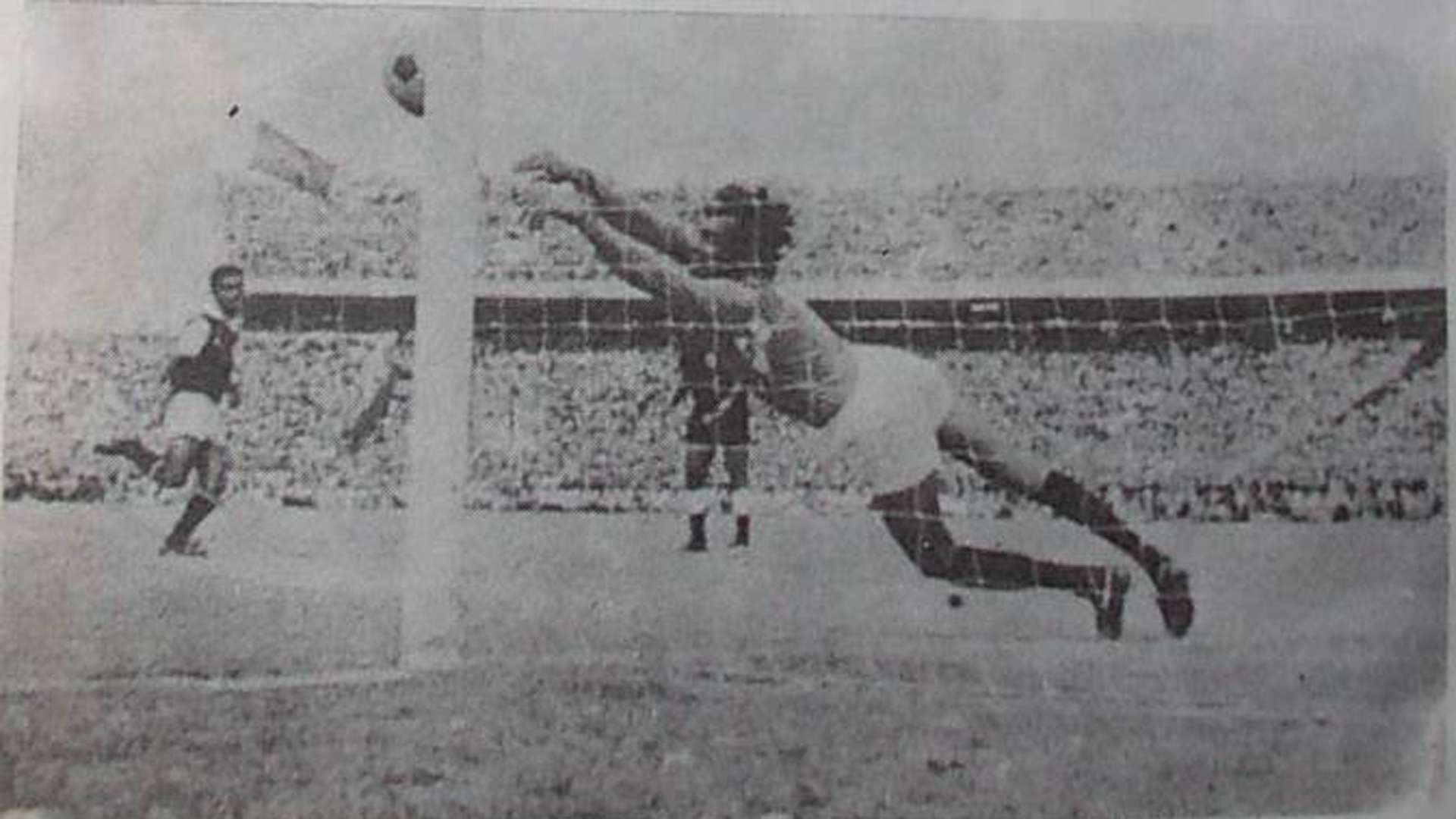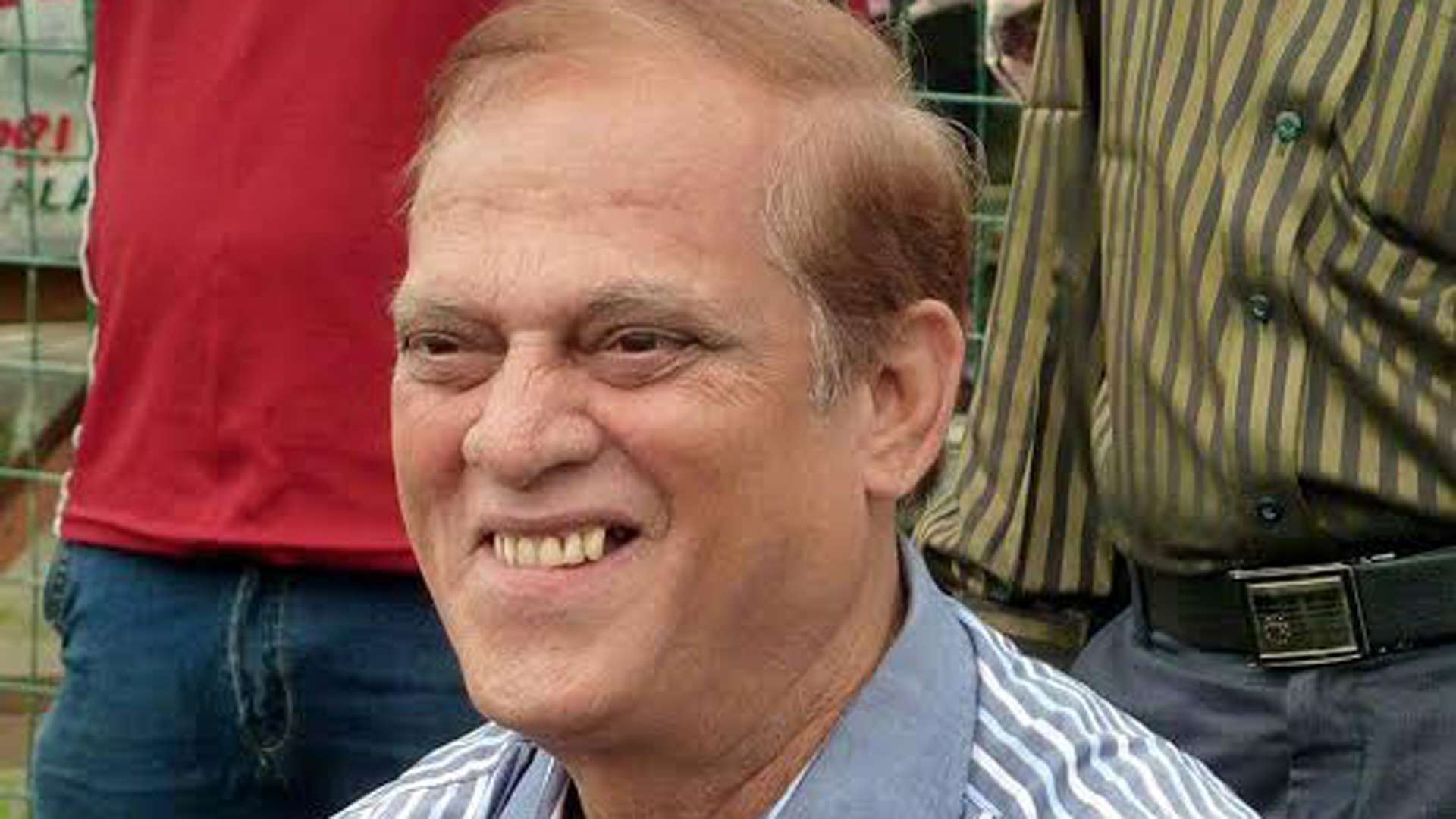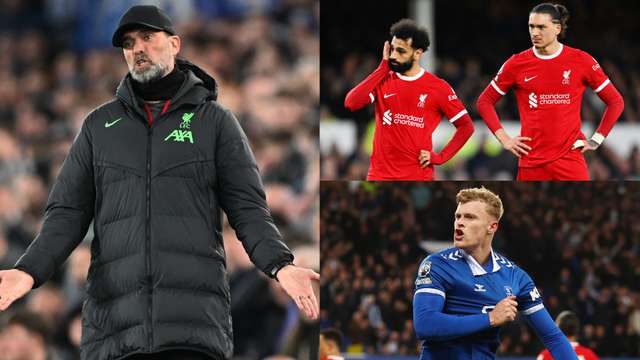OBITUARY
BY ATANU MITRA (Follow @Atanu00 on Twitter)
It was a sunny Tuesday morning in 1981 and there were happy faces all around at the Mohun Bagan ground. The supporters, who had gathered to watch the team’s practice session, gulped Jalebis as many as they could, and shook hands with Shibaji Banerjee who was standing in a corner with a smile on his face. Francis D’Souza, his teammate in India national team and Mohun Bagan, had just lost a bet and had to buy sweets for the players and supporters.
“I will take five penalty-kicks and if you can stop any, I will treat everyone present here,” D’Souza, the first Goan footballer to become a household name in Kolkata had proclaimed. Banerjee readily obliged and as expected, saved the fourth spot-kick.
He couldn’t be this precise this time around though. The goalkeeper thwarted the health hazards thrice in 1998 and 2005 but cardiac problems finally got the better of him on the fourth attempt, as the Indian football legend breathed his last on Sunday night.

It would be an understatement to say he came from a footballing family. His father Subodh Banerjee was the goalkeeper in IFA XI’s friendly against Chinese Olympic Team in 1936, a completely forgotten but immensely significant fixture in the country’s football history.
READ THE REPORT OF MOHUN BAGAN - NEW YORK COSMOS: THE DAY PELE PLAYED IN INDIA
“The first soccer international to be played in India attracted a crowd over [sic.] 20,000 inside the Calcutta Football Club’s enclosure today, and at least 100,000 outside, and ended in a draw...India’s defenders played magnificently …. and behind them Banerjee made some positively miraculous saves,” The Times of India wrote in its report on 6th July, 1936.
Calcutta Football Club shared boundaries with its greatest rival of late 1890’s – Mohun Bagan. It was at this club that the second goalkeeper from the Banerjee family would make a name for himself.
After starting his career at Kalighat in 1969, he changed ships to join Howrah Union in 1972 and after a heroic display against East Bengal in a league match, was roped in by The Red and Golds next summer. First team opportunities were hard to come by in the star-studded line-up, and he moved to Howrah Union to play under Amal Dutta. A move to Mohun Bagan in the next season ended on a disastrous note but he returned to The Mariners’ base again in 1976 after a short stay at Aryans. There was no looking back after that.

Shibaji donned The Green and Maroon jersey for eight consecutive seasons, winning four Calcutta Football Leagues (CFL), six IFA Shields, four Federation Cups and five Durand Cups during his time at the club. After being a second-choice goalkeeper to Pratap Ghosh for a year or so, he made the spot his own, playing a big part in the 1978 campaign, where the club remained unbeaten throughout the season and won four tournaments.
His most talked about save though was from the feet of the King of Football. In the first half in the club’s clash against New York Cosmos in 1977, Banerjee showed courage to dive in front of Pele and smother the ball. He stopped another free-kick later in the game as the contest ended in a draw. But it was the gala dinner later that evening that had a more telling impact on his career.
“He complimented me for the saves and told me to keep watching the ball even when it had gone out of the field. This small tip helped me immensely in improving my anticipation,” the footballer, who hails from an era where goalkeeping coaches and foreign coaching manuals were distant dreams in Indian football, had written in Khela, a Bengali sports magazine back in 2005.
In the years to follow, his form peaked as did his prowess in the tie-breakers. He was part of the India squad in King’s Cup 1981, but other than that, was largely shadowed by the two legends, namely Bhaskar Ganguly and Atanu Bhattacharya. While Ganguly, one of the most complete keepers the country has ever had, continued to hog the limelight, Bhattacharya managed to earn a place in the Asian all-star XI.

Banerjee's first win in the tie-breaker was at the Sait Nagjee tournament in 1979 against Kerala’s Premier Tiers, where he saved shots from Najeeb and Xavier Pius, who would go on to be his future teammate. His performance against JCT in 1981 Durand Cup semi-final was one of his best. He went on to save crucial penalty-kicks from Parmar and Manjit. Such was his reputation that he wrote a book named 'The secret to saving penalty-kicks' in 1999 - ghost written by football writer Kashinath Bhattacharya - a first in Indian football.
After the sun set on his career in 1987 after winnning several laurels including five Santosh trophies, his involvement in the game increased further. After working for Hindustan Fertilizer for almost two decades, he got a job overseeing the football team of Calcutta Port Trust, which resulted in a number of footballers being handed lucrative permanent jobs by the organization.
Club Valencia: Profiling Mohun Bagan's rivals
Even on Sunday evening, at the age of 62, he was being felicitated by two clubs in different parts of the city, something that fans outside the City of Joy may find difficult to fathom. Having a history of cardiac problems, he was forbidden by doctors from watching live telecast of matches, but the veteran was not one to obey the instructions and was a regular at Bagan’s matches and practice sessions while taking 13 tablets per day. He was present during Saturday’s I-League win against DSK Shivajians as well.
“He said that we need to retain the habit of winning,” Pritam Kotal, who sat next to him in the first program that day recounted while talking to Goal. “He was so eager to see us win the I-League again. He was also talking about his days at the club. I can’t digest the fact that he is no more,” he added on Monday morning.
This sudden sense of void is what has gripped the footballing fraternity now. As the fan groups continue to brag on social media about bringing a few thousand fans to the ground, looking back at a time where these men played in front of one lakh spectators at a packed Eden Gardens week in, week out feels surreal. Indian football lost a charismatic gentleman but a sleeping giant can’t possibly understand its losses overnight, isn’t it?




.jpg?auto=webp&format=pjpg&width=640&quality=60)